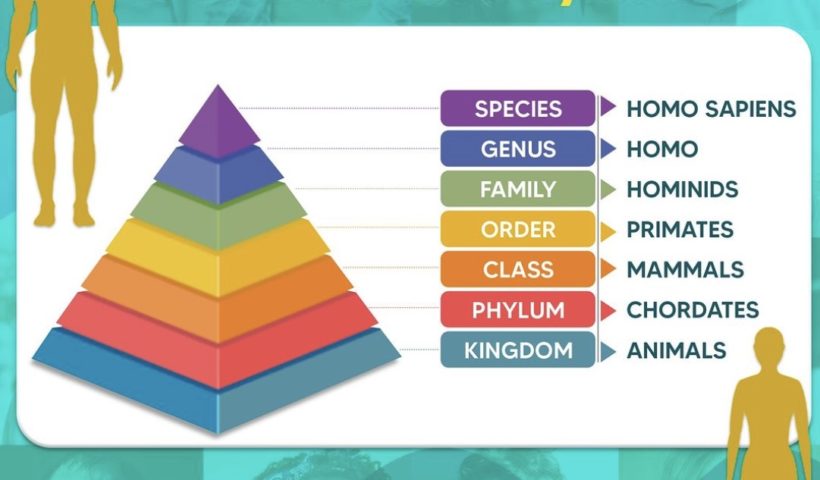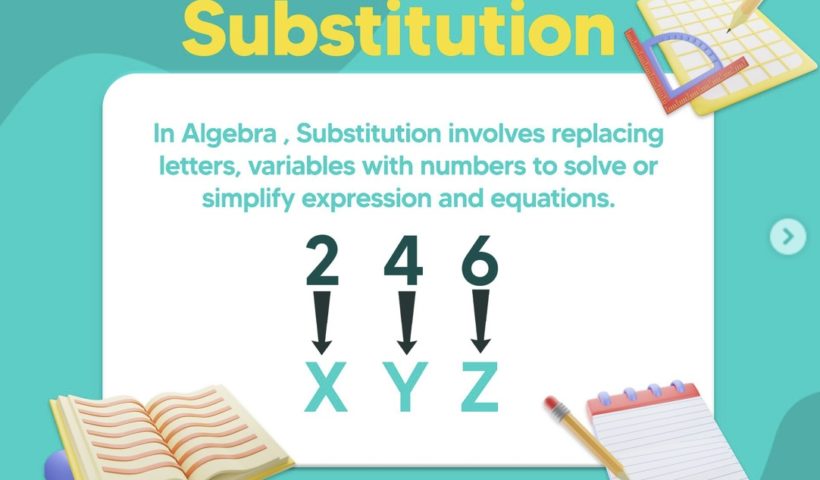[Please watch the video attached at the end of this blog for a visual explanation of this topic] What is Classification? In biology, classification is…
View More Concept and Uses of Classification Systems | Cambridge IGCSE BiologyTag: #substitution
Mastering Substitution in IGCSE Mathematics | Cambridge IGCSE Mathematics
[Please watch the video attached at the end of this blog for a visual explanation of this topic] A sub-topic under Algebra that gets questioned…
View More Mastering Substitution in IGCSE Mathematics | Cambridge IGCSE Mathematics



